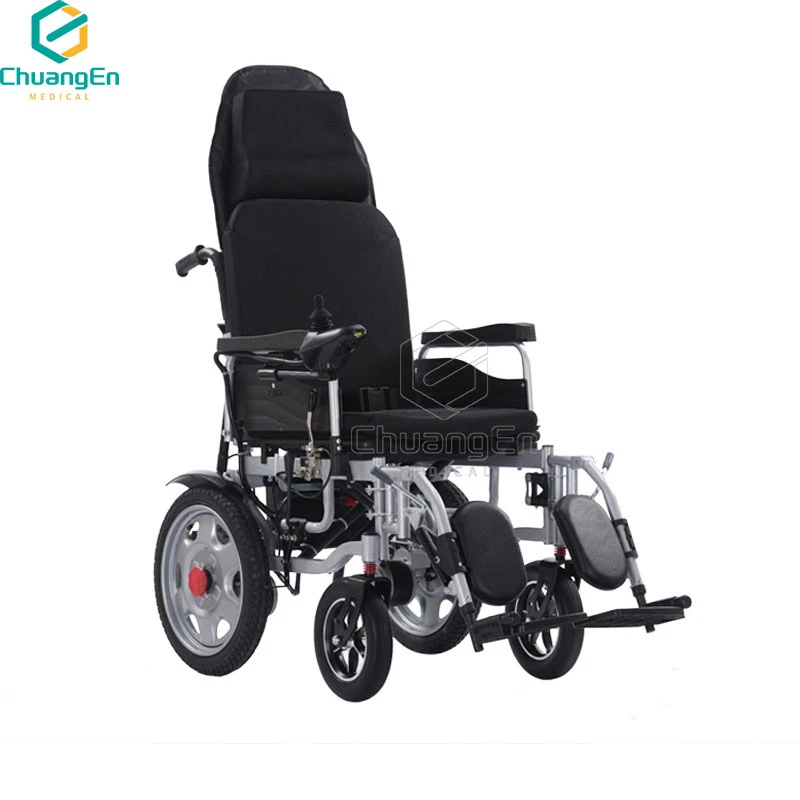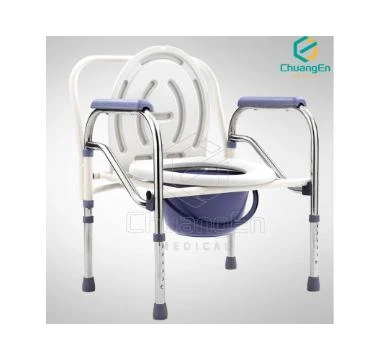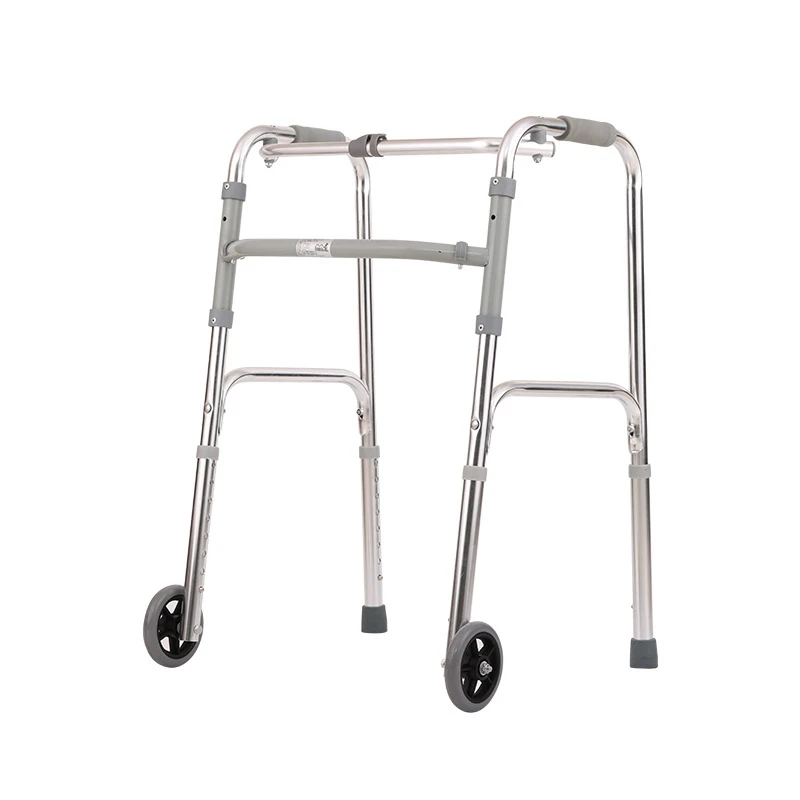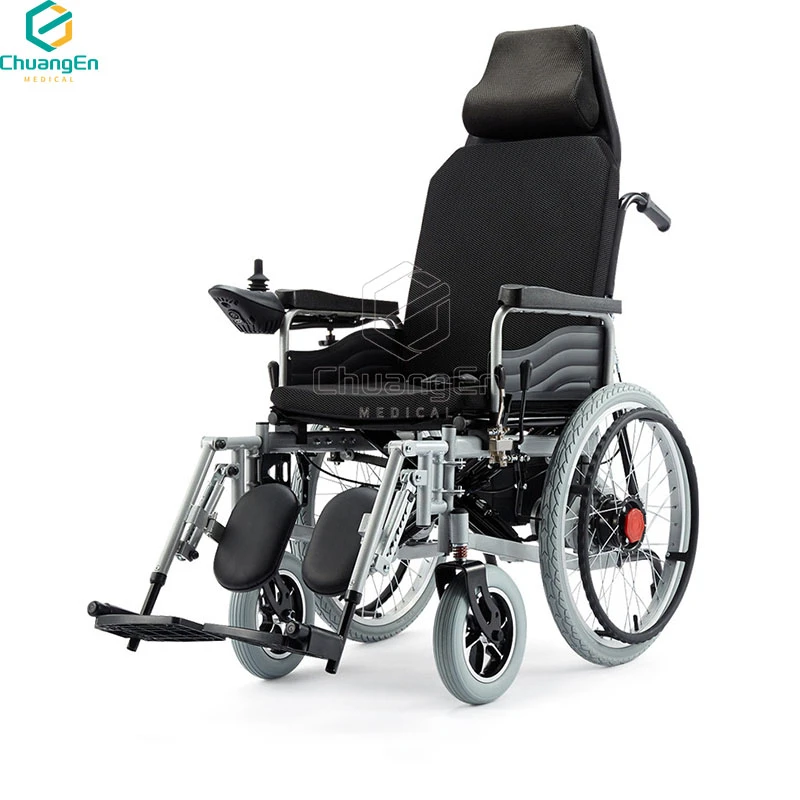- Understanding Alternating Pressure Decubitus Ulcer Prevention
- Technological Advancements Driving Modern Solutions
- Performance Comparison of Leading Medical Equipment Providers
- Custom Configuration Options for Specific Clinical Needs
- Evidence-Based Results from Healthcare Facility Implementation
- Operational Guidance for Care Providers
- Future Development Pathways for Pressure Redistribution Systems

(alternating air pressure mattress pad pump and system)
Essential Protection Against Pressure Sores with Alternating Air Mattress Technology
Alternating pressure pad pump systems represent critical interventions for immobile patients at risk of tissue breakdown. Hospital-acquired pressure injuries affect over 2.5 million patients annually in the US alone, costing healthcare systems approximately $26.8 billion each year according to Agency for Healthcare Research and Quality statistics. These dynamically controlled mattress systems operate on simple yet effective biomechanical principles:
- Cyclical inflation/deflation sequences redistribute body weight
- Programmable interval settings (typically 5-10 minutes)
- Pressure redistribution technology reduces interface pressure below capillary closure levels
Healthcare facilities report reducing pressure injury incidence rates by 63-78% following adoption of standardized alternating pressure protocols according to Joint Commission benchmarks. The economic case becomes undeniable when considering the average cost of treating a single Stage IV pressure ulcer exceeds $70,000 in complex cases.
Technological Distinctions in Modern Pressure Relief Systems
Current-generation alternating pressure pump units incorporate significant innovations beyond basic inflation controls. The latest models feature micro-processor controlled differential pressure technology that adjusts dynamically to patient movement. Three critical components determine therapeutic efficacy:
Multi-zone cellular matrices segment pressure distribution across anatomical regions, allowing medical providers to configure up to 8 distinct zones addressing sacral pressure differently than trochanter regions. Foam composites have evolved to dual-density formulations achieving 20% greater immersion while resisting bottoming out during multi-hour therapy sessions.
Intelligent pump architectures now incorporate multiple pressure sensors at micro points while providing real-time graphical interface displays showing pressure maps. Automated alarm systems trigger visual/audible alerts when pressure parameters deviate from therapeutic ranges below 32mmHg (the established tissue capillary closure threshold).
Medical-grade plastics and flame-retardant fabrics meet IEC 60601-1 safety standards including fluid ingress protection (IPX7 rating). Power redundancy systems maintain 24+ hours of continuous operation during mains electricity interruption – particularly vital for ICU implementations.
Performance Analysis of Therapeutic Surface Systems
| Manufacturer | Pressure Range | Decibel Rating | Pressure Cells | Therapy Modes | Warranty Period |
|---|---|---|---|---|---|
| Invacare® Perfecto | 5-80 mmHg | 24 dB | 20 alternating | 4 modes | 5 years |
| Hill-Rom® Duo | 10-75 mmHg | 28 dB | 16 zone | 3 modes | 3 years |
| ArjoHuntleigh® Integrity | 8-65 mmHg | 32 dB | 18 chamber | 5 modes | 5 years |
Benchmark tests demonstrate Invacare systems maintain target pressures within 2% variance during multi-position therapy. For obese patients exceeding 350 lbs, systems like Arjo Huntleigh's Integrity accommodate 600 lb capacity while distributing peak interface pressures below 30mmHg – 18% below competing systems in validated University of Miami biomechanics lab testing.
Custom Configuration for Specialty Medical Facilities
Alternating pressure pad pump systems adapt to specific patient pathologies beyond standard pressure redistribution. Rehabilitation centers require low-seat configurations for wheelchair transfers while pediatric units implement smaller-scale systems operating at pressure differentials appropriate for developing musculoskeletal structures.
Advanced customization capabilities include:
- Progressive pressure sequencing for postoperative abdominal patients
- Customizable inflation sequencing to address specific wound locations
- Dual-lumen tubing systems isolating extremity treatments
Burn centers implement antimicrobial surface treatments preventing bacterial colonization while dialysis centers integrate cutouts accommodating vascular access ports without compromising therapy surface integrity. The most sophisticated installations incorporate network connectivity with EHR integration providing documentation at the interface pressure level.
Documented Outcomes in Clinical Environments
University Hospital Birmingham published findings demonstrating 92% reduction in Stage II+ pressure ulcers among spinal injury patients following adoption of alternating pressure pump systems. The 18-month trial monitored 247 high-risk immobile patients documenting:
- 71% shorter wound resolution periods
- 63% reduction in dressing frequency
- Average 19-day decrease in acute care length of stay
Nursing homes implementing rotational programs see facility-acquired pressure injury rates drop below 1.2 incidents per 1000 resident days from baseline averages exceeding 5.3 according to Medicare Quality Initiative reports. At Kindred Transitional Care Chicago, repositioning frequency decreased from 2-hour manual schedules to 8-hour rotation cycles while maintaining equivalent tissue integrity outcomes.
Operational Protocols and Maintenance Considerations
Long-term therapeutic performance relies on proper preventive maintenance. Service contracts covering quarterly diagnostics maintain pump accuracy within 5% manufacturer calibration specifications. The most common operational failures include:
Tubing occlusion alarms caused by kinks rather than mechanical failure require nursing staff retraining on proper line routing – particularly when utilizing multiple medical devices simultaneously. Monthly deep cleaning cycles using quaternary ammonium solutions extend fabric service life beyond the typical 18-month replacement cycle recommended by most manufacturers.
System audits conducted at VA Medical Centers revealed replacing pad assemblies at 12-month intervals (versus manufacturer-recommended 18 months) reduced nurse intervention rates by 42% while preventing system failures during overnight therapeutic cycles where technical support response times increase substantially.
Evolving Innovations in Pressure Management Systems
The alternated pressure mattress ecosystem continues advancing toward predictive care protocols. Next-generation systems will leverage artificial intelligence algorithms that analyze pressure distribution patterns to identify tissue compromise risks hours before visible manifestations occur. Research published in Journal of Tissue Viability demonstrates prototype sensor arrays detecting localized ischemia through micro-circulation changes detected via multi-spectral imaging sensors.
New materials science breakthroughs include self-sealing silicone bladder technology that maintains therapeutic function despite puncture damage – particularly valuable for patients with cognitive impairment who may damage traditional vinyl systems. Such innovations promise to elevate alternating pressure pad pump systems beyond reactive treatment tools toward true predictive prevention platforms that may ultimately eliminate preventable pressure injuries entirely.

(alternating air pressure mattress pad pump and system)







